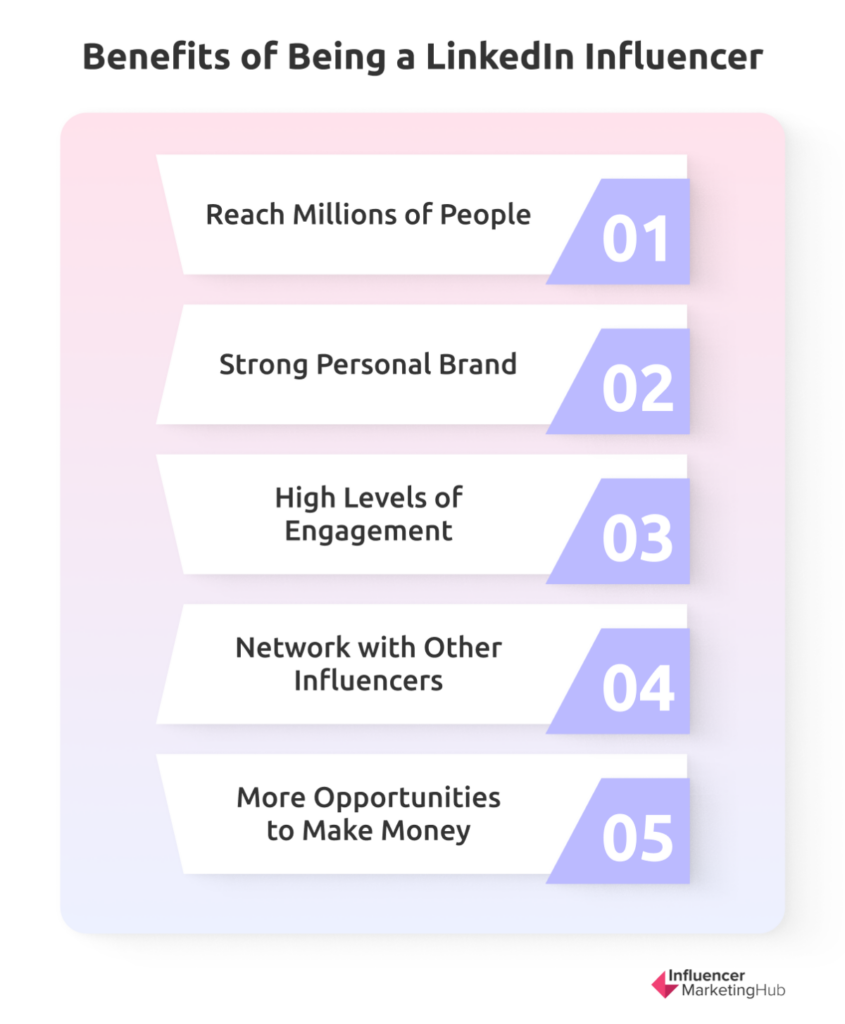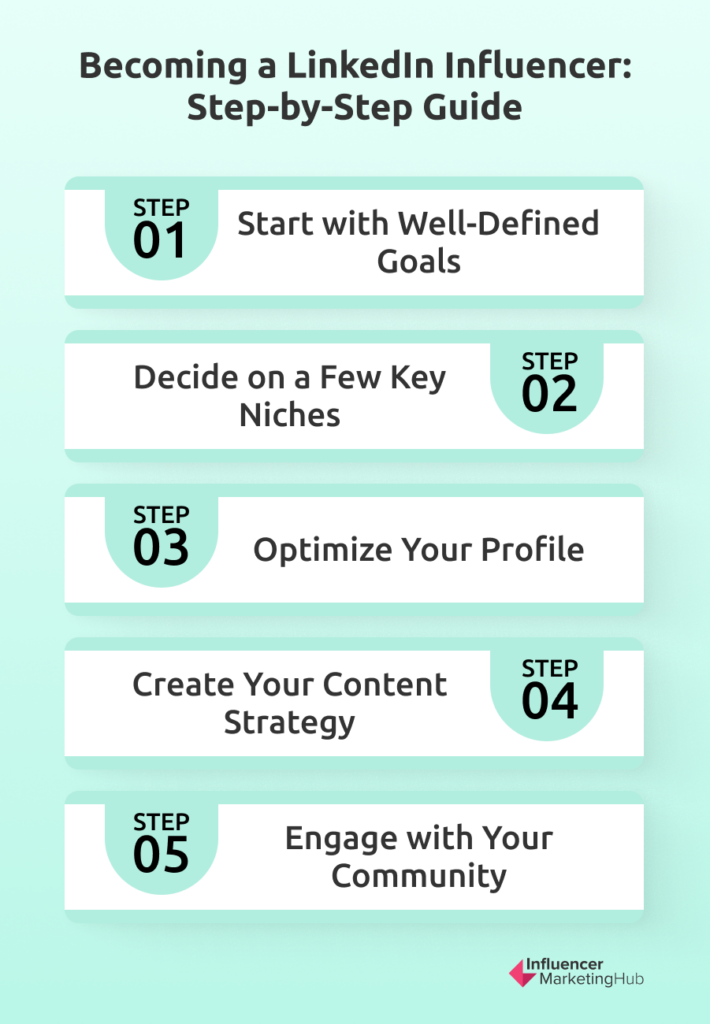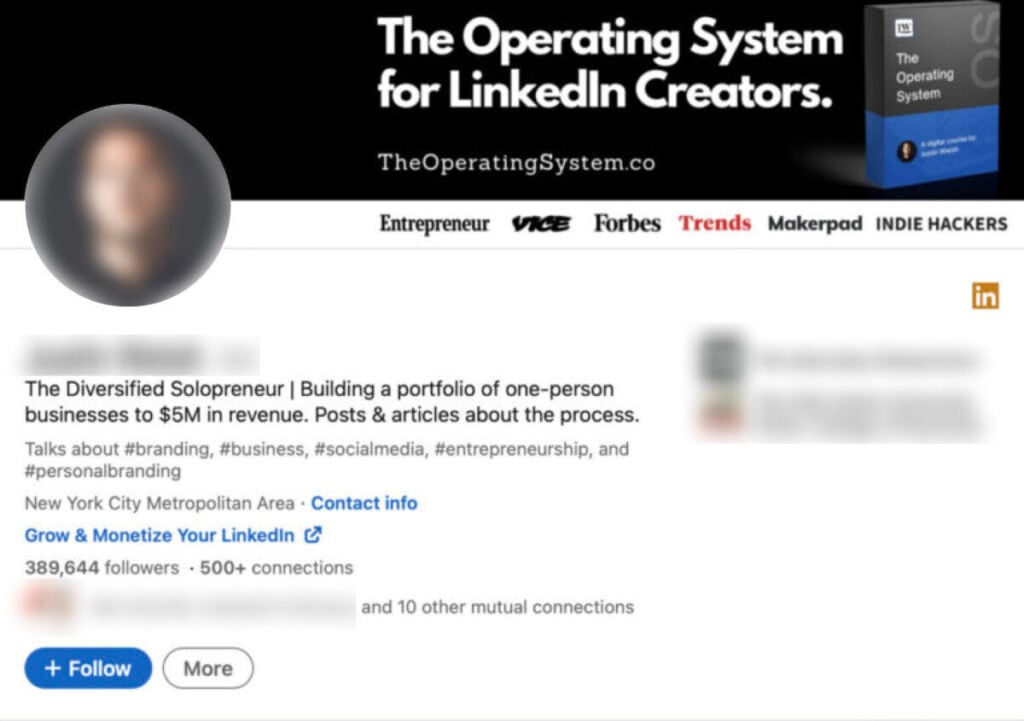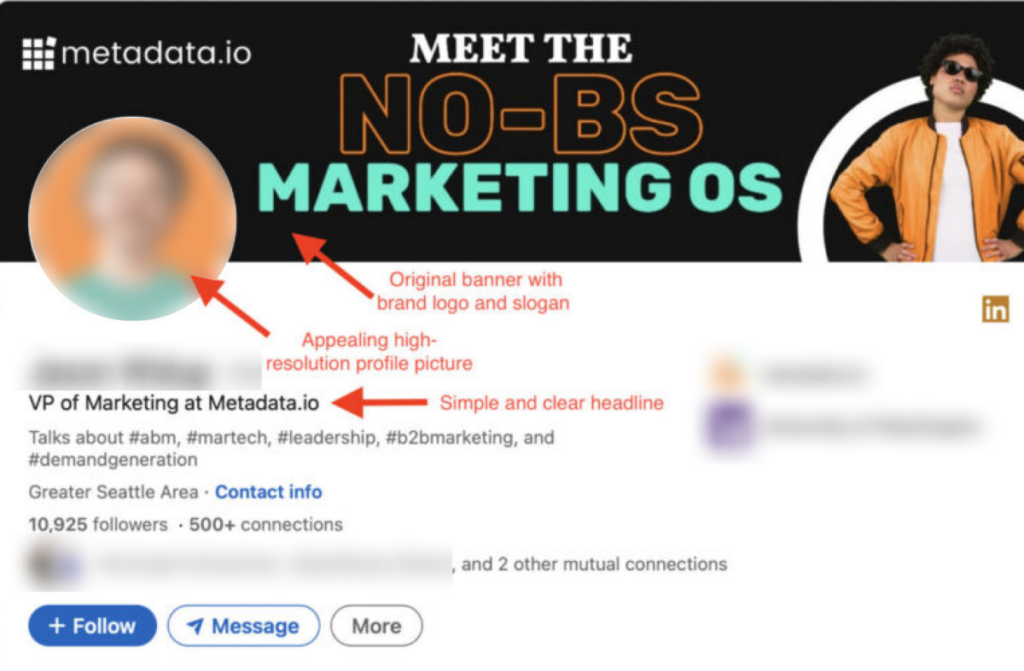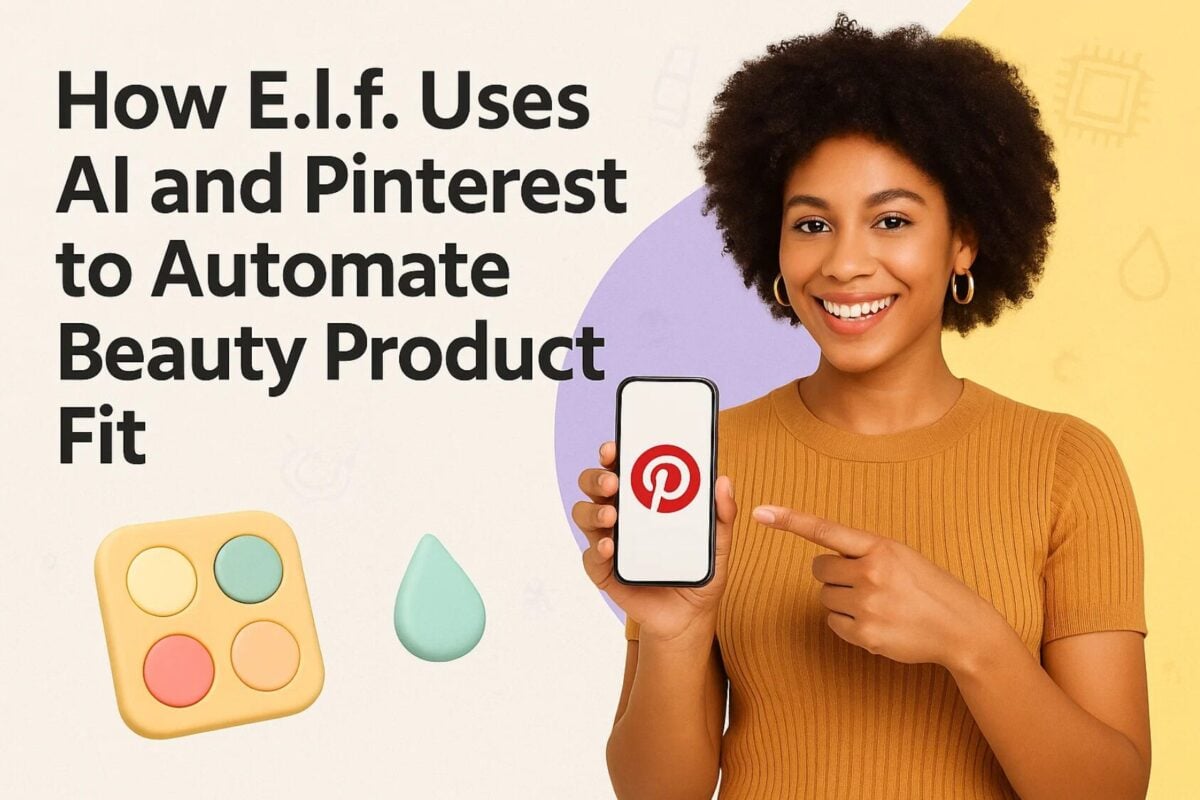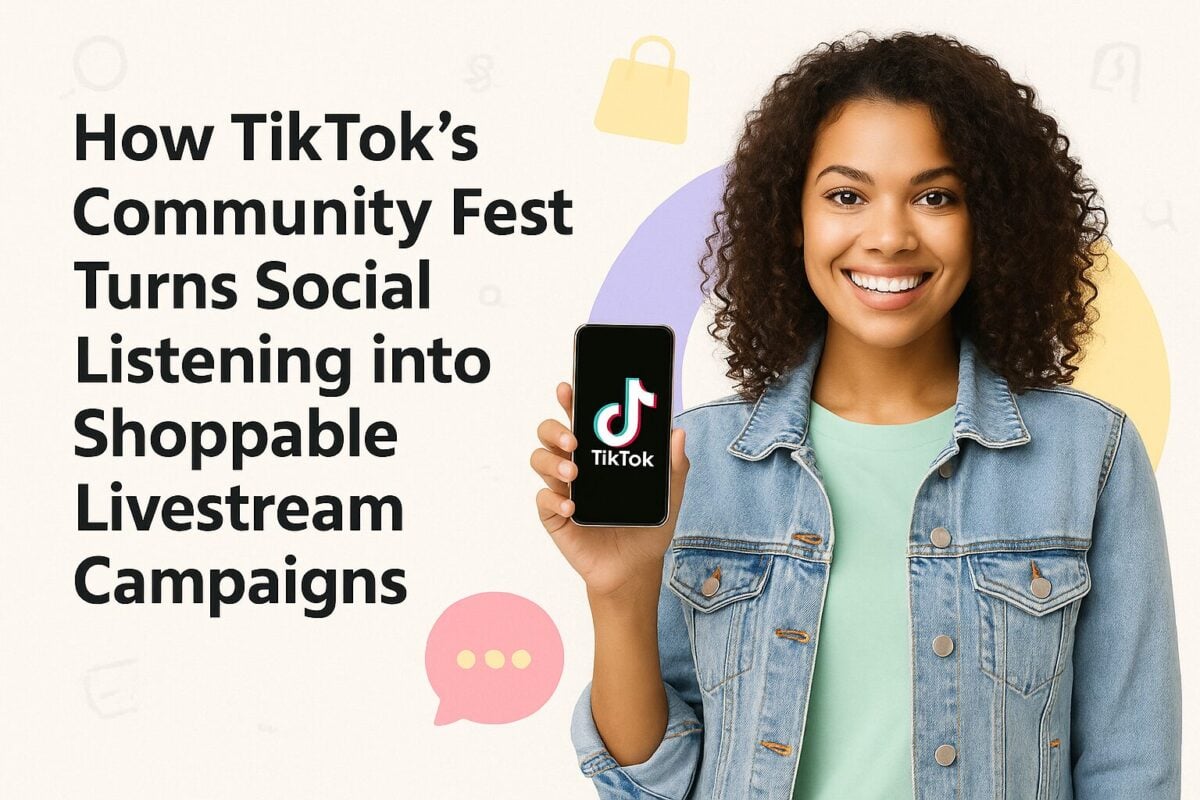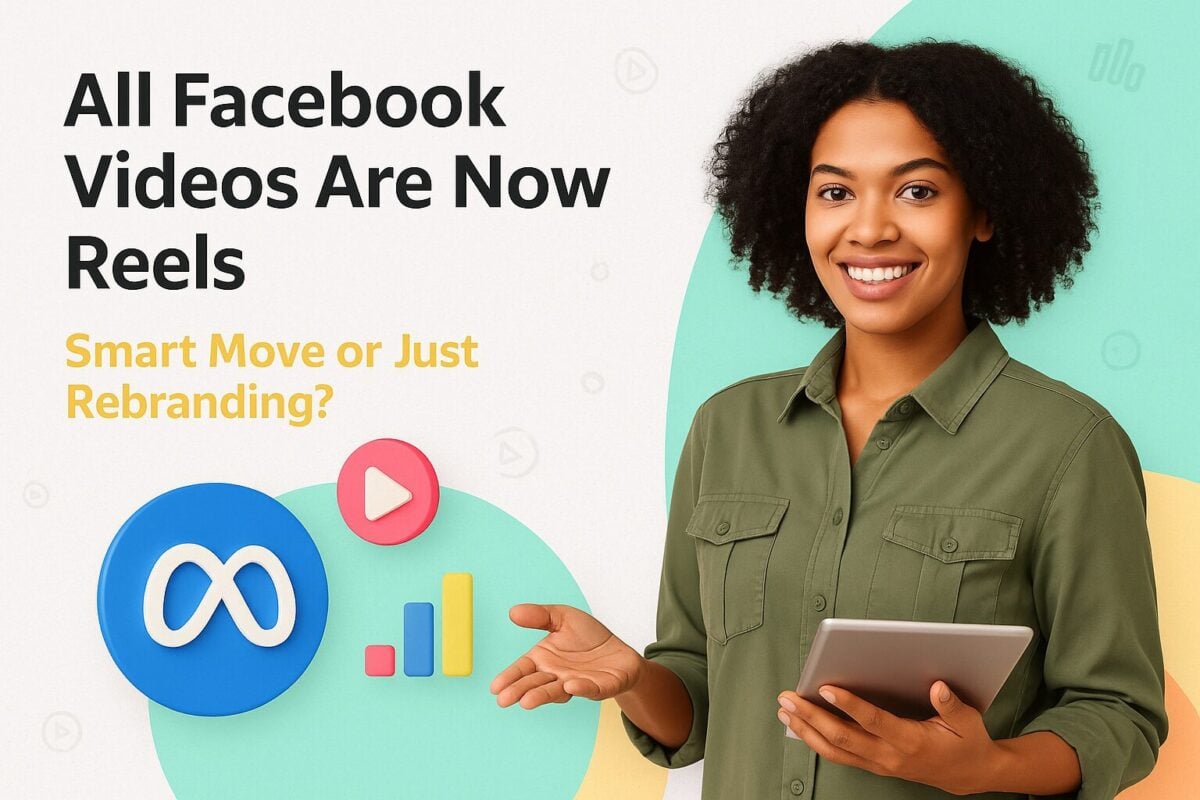With the opportunity to share personal stories and garner tons of visibility, LinkedIn gives you the perfect platform to build your personal brand. So it’s not surprising to see people jumping on the bandwagon and rushing to become a LinkedIn influencer. And you can become one too.
LinkedIn is a professional social media platform with over a billion users. So there's a potential to become an influencer and reach a vast amount of that user base. But becoming a LinkedIn influencer is anything but easy. Moreover, LinkedIn influencer marketing is drastically different from Instagram influencer marketing, for example.
Not sure how to get started or what it takes to become a LinkedIn influencer? This post serves as the ultimate guide to help you on your journey to becoming an influencer on LinkedIn. Read on to find out.
How to Become a LinkedIn Influencer:
What Is a LinkedIn Influencer?
A LinkedIn influencer refers to someone who has established a strong presence and personal brand on the platform. They regularly publish insightful and engaging content that gets tons of views and shares. Unlike on other social media platforms, most influencers on LinkedIn can be considered thought leaders or key opinion leaders and play an active role in their respective communities.
Why Become a LinkedIn Influencer?
If LinkedIn influencers are such a big deal, it must be challenging to become one, right? So why even try in the first place? What’s in it for you? Here are some of the key reasons that might make you want to put in the effort to become a LinkedIn influencer.
Potentially Reach Millions of People
According to the latest LinkedIn stats, the platform has close to a billion members. That means becoming an influencer on LinkedIn could help you potentially reach a massive audience. Whatever message you want to share or product/service you want to promote could be instantly amplified.
Build a Strong Personal Brand
LinkedIn influencers are often known for their distinctive personal brands, which make them instantly recognizable in a sea of names. Similarly, you stand a chance to build a strong personal brand and become known for your expertise. You can then use this personal brand to your advantage in various aspects.
Drive High Levels of Engagement…Organically
LinkedIn is still offering plenty of opportunities to reach and engage your audience organically. Meanwhile, many other social media platforms have started to push for paid reach, leaving organic engagement to suffer as a result. Many of the posts from LinkedIn influencers get tons of views and engagement that might not be viable to achieve organically on other platforms. In fact, LinkedIn gets twice as much organic engagement as Facebook.
One of the main reasons why LinkedIn posts get so much reach and engagement is because public posts show up in your feed when your connections engage with them. This brings more visibility to the content, creating more opportunities for engagement. As such, LinkedIn is one of the best platforms to organically engage your audience, as long as you employ the right strategies.
Network with Other Influencers
Being a LinkedIn influencer requires being active in the community, which often involves engaging with other influencers in your industry. That way, you subsequently build a strong network of influencers that will give you the backup you need when you need it. For example, they can help to promote your events, services, and products to maximize your reach.
Create More Opportunities to Make Money
Last but definitely not least, being a LinkedIn influencer comes with monetary perks. While brands may not rush to partner with you in the typical fashion, your strong personal brand will have people seeking out your expertise…even in exchange for financial compensation. Some LinkedIn influencers have even been able to make millions off the platform. Of course, we’re not completely ruling out any brand sponsorship opportunities either as many B2B companies may seek to partner with influencers on the platform.
What It Takes to Become a LinkedIn Influencer
So if becoming a LinkedIn influencer seems so lucrative, what does it take to become one? While anyone can become a LinkedIn influencer, the following set of criteria is typically necessary to find success in your journey.
- Specialty – Most LinkedIn influencers are known for having expertise in specific niches and industries. Whether it involves career growth, business development, marketing, or even self-improvement, having one area of expertise is necessary to establish a name and build an audience on the platform.
- Consistency – Just like on other platforms, posting fresh content consistently is essential to gain visibility on LinkedIn. This ensures that your name stays top of mind for your audience and improves the chances of garnering engagement. Scheduling your LinkedIn posts to go out at the right time is often a good idea to maintain consistency.
- Engaging Content – Influencers on LinkedIn don’t just post anything they want. They post content that their audience will want to engage with. This often involves intriguing and relatable stories and other types of content that entice the audience.
- Value Offering – In addition to just being engaging, the content created by LinkedIn Influencers also offers some type of value to the audience. This may include insightful and informative pieces or content that offers advice and practical takeaways.
- Community Engagement – LinkedIn influencers don’t just produce content and expect others to engage with it. They’re also active members of their respective communities, engaging with content from other users and responding to comments and questions on their posts. In other words, they actively participate in relevant conversations to drive more engagement.
5 Steps to Become a LinkedIn Influencer
With the above criteria considered, you may be all ready to start your journey to becoming a LinkedIn influencer. To make the job easier for you, here are a few practical steps that will help you get a strong start.
Step 1: Start with Well-Defined Goals
Just like any other project or strategy, you need to start by establishing your goals. Have a clear idea of what success will look like to you once you do become a LinkedIn influencer. This should ideally be measurable so you can better measure your achievement. For example, you may plan on gaining X number of followers in Y amount of time.
Moreover, while becoming an influencer may be a short-term target, it’s not a goal in itself. It’s only one step to achieving some other goal that directly contributes to your business outcome. So it’s also important to be clear about what you plan to get out of becoming an influencer on LinkedIn. Perhaps you want to use your influence to sell a product or service or promote your company, for example.
Step 2: Decide on a Few Key Niches
One of the key differences between LinkedIn compared to other platforms is that there’s an opportunity to grow your reach even if you don’t stick to one niche. In fact, sticking to a single niche may be more detrimental to your growth on the platform. This is mainly because you’ll only be attracting an audience interested in that one specific niche, thus hindering your ability to connect with a much bigger audience.
Instead, you should be able to establish your name and showcase your expertise in several areas. Keep in mind that the niches you choose should be somewhat related to one another so it’s easier to tap into an intersecting audience. That means you’d be able to connect with users whose interests and industries align with most of your areas of expertise.
So even if you produce content related to a topic that they originally didn’t sign up for, they’ll still find it relevant to their needs. For example, let’s say your expertise is in branding but you’re also producing content related to marketing and business strategy. It’s safe to assume that most people who are interested in marketing would also be open to learning about branding and business strategy. On the other hand, if you were to only talk about branding, there’s a good chance you won’t be able to connect with an audience that’s interested in marketing.
One of the most well-known influencers currently on LinkedIn is Justin Welsh. A self-labeled diversified solopreneur, Welsh has almost 400,000 followers and 500+ connections. He regularly creates content related to branding, business, social media, and entrepreneurship, which resonates with the type of audience he wants to reach.
Step 3: Optimize Your Profile
When it comes to social media, your profile is representative of who you are as an individual. It should be able to tell people a little bit about yourself, what you do, and why they should follow you. In other words, it helps them understand why your LinkedIn account is relevant to them.
This makes it crucial to optimize your profile so that it properly represents you. Whether you’re a content creator, an entrepreneur, or an employee at an organization, let your profile explain to others what you do and why they might want to follow you. Here are a few key elements to consider when optimizing your LinkedIn profile.
Your profile picture should authentically represent you, so people know what you look like and therefore, feel more comfortable trusting you. It’s a little hard to trust someone whose face you don’t even know. A high-resolution headshot often does the trick as it properly shows your face.
Design a background banner that’s original and reflective of what you do. Perhaps you can include a logo of your brand along with its corresponding slogan, for example.
Write a headline that’s clear and to the point. It should give a simple explanation of what you do and what value you offer in a few words. The goal is to help people instantly decide if you’re worth following based on their interests and industry.
In the “About” section, you can get a bit more detailed with your value proposition. Don’t hesitate to use a few keywords relevant to your industry so that your profile has a better chance of showing up in search results.
Make the most of the “Featured” section to showcase your work and expertise. You can share links to your published works or even media features to prove your credibility to your target audience.
Of course, you’d also want to include other specifics such as your education and experience as well as your skills. This would allow your audience to learn a little bit more about you and explore all the reasons why they should trust your opinions and advice.
Step 4: Create Your Content Strategy
If you’ve been paying attention, you’d have known by now that content is the key to establishing your name as a LinkedIn influencer. One of the most crucial steps involves developing a content strategy that will help you showcase your expertise and launch your name in the fields of your choosing. There are a few key aspects to consider for your LinkedIn content strategy.
Topics
Start by using your chosen niches as high-level topics and then build on those. Break them down into smaller sub-topics to come up with content ideas that you can use for your publishing strategy. Ideally, you should create a content calendar that will help you keep track of all the topics that you’d be discussing through your LinkedIn posts.
Post Types
Figure out the types of posts that seem to work well for other influencers in your industry. For example, you might notice that advice and how-to posts seem to generate a lot more engagement than news and updates. This means that you should be focusing more on posts that offer some type of actionable value. Similarly, LinkedIn users seem to love stories and anecdotal posts, which should also be a part of your strategy.
Formatting
Believe it or not, how your post is formatted on LinkedIn plays a crucial role in whether it attracts and engages your audience. Since the platform supports long-form text content, you may feel compelled to post huge blocks of text to post detailing how to do something.
However, sprinkling in some emojis and breaking up your text block may be a much better way to get people to pay attention. Bullet points and strategically placed line breaks are perfect to retain your audience’s attention and get them to process the information more easily. Moreover, starting with a solid LinkedIn hook is the key to boosting engagement on your posts.
Step 5: Engage with Your Community
Finally, you can’t ignore the importance of being active and engaged with your network. Regularly engage with posts from other influencers in your industry so people will take notice of your name and even build a connection with you. Make sure to respond to comments and questions on your posts to show that you’re paying attention.
This may seem like a simple enough step, but it’s also one of the most important ones when it comes to LinkedIn. The platform is all about community and networking, and influencers can build a name by doing exactly that.
Start Your Journey as a LinkedIn Influencer
There you have it–five essential steps to help you launch your name as an influencer on LinkedIn. Follow the steps we’ve provided and come up with creative ways to share your content and tell your stories to maximize your reach on the platform.
Frequently Asked Questions
How many followers do LinkedIn influencers have?
While LinkedIn influencers can have any number of followers, individuals with at least 1,000 followers are generally considered influencers.
Is LinkedIn influencer a thing?
Being a LinkedIn influencer is very much a thing, with many individuals establishing strong personal brands and even generating revenue from it.
How much does it cost to be a LinkedIn influencer?
It costs nothing but time and effort to become a LinkedIn influencer. You just need to create high-value content regularly and engage with your network to establish a name in your chosen fields.
Do LinkedIn influencers get paid?
LinkedIn influencers don’t get paid in the traditional sense, but often get some financial perks by using their influence to sell their products and services.
Can you get paid from LinkedIn?
The only way to get paid from LinkedIn is by becoming an affiliate and promoting the company’s products.

